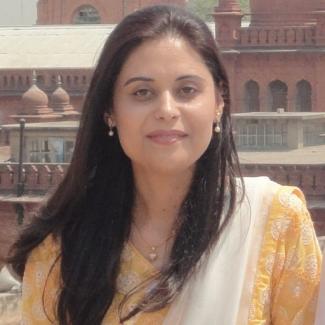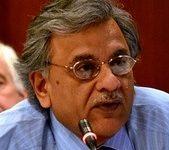Investigating the environmental and economic benefits of energy efficient brick kilns
Conventional brick kilns—Bull’s Trench Kiln (BTK)—in Pakistan’s Punjab province are a significant source of greenhouse gas emissions and harmful particulates which exacerbate climate change and deteriorate ambient air quality. Targeting emissions from brick kilns provides an avenue for Punjab’s Environmental Protection Department (EPD) to bring the provincial ambient air quality levels closer to the National Environmental Quality Standards (NEQs) for ambient air.
The International Centre for Integrated Mountain Development (ICIMOD) has recently introduced a new kiln technology—Induced Draft Zigzag Kiln (IDZK)—in Nepal which is more energy efficient than conventional kilns. ICIMOD statistics suggest that IDZKs produce 25 percent more high-quality bricks, use 30 percent less fuel, and generate 70 percent less emissions compared to BTKs. After considering the success of IDZKs in Nepal, EPD wants to explore the merits of encouraging kiln owners in Punjab to shift to cleaner sources.
Replacing the approximately 10,000 BTKs in Punjab with IDZKs can create considerable environmental and economic benefits. Lower emissions from IDZKs will improve ambient air quality, leading to social welfare gains (lower health expenditures; higher crop yields; less material damage). The enhanced production of high-quality bricks and lower energy consumption will increase private benefits (higher profits for kiln owners) and reduce the use of fossil fuels such as coal.
In this project, we propose to investigate the environmental and economic benefits of adopting IDZKs in Punjab and to provide a policy framework to guide the Environmental Protection Department in incentivising the adoption of clean kiln technologies.




